Installations
Art Installations with Kurta
I started this exploration into installation art whilst working as a menswear fashion designer based in Pakistan (1995-2000).
The kurta to me is symbolically an icon of freedom. In its simplicity it has evolved as nothing but itself after centuries of being worn by the peasant as well as the rulers throughout the subcontinent. it has been worn by people in power and by the humblest.
It is worn by men and women. It is free of gender role constraints.
Traditionally it has a hand woven naturally grown fibre, cotton. It is the essential garb we hide our human shame with yet in its universality it ties the region without any hierarchies within itself imposed by culture, societal norms, religion or financial differentiations as one.
In its whiteness, it has a spectrum of colours, all of them. I found that semiotically, as a layer of architectonic we drape over our God given forms, its a rich intense medium for me to express all that I want to about the complexities of movement in a space, in clothes, in a room, in light, in air, in a city in a society, in a world filled with dualities and idiosyncracies. It is therefore boundary-less, open, free- spirited, perfect.
It is a tangible manifestation of a series on yin-yang concepts, east meeting west, the interplay, clash, intercourse, education of one with the other, trade, dialogue and the need to realize that we are one, regardless of costume imposed by geographical boundaries with limited resources and mere memories to leave behind for the generations to come as resource energy banks to evolve from.
Kurtas are utopian architecture, like Danteum’s attempt at the perfect space, except this space, this common denominator born of the earth, sewn by unknown persons, worn by all, is the real democracy of architecture we house ourselves in, washable, breathable, gentle, humble, sensual. An environment that robes all without the pressures of sexual identity. Truly hermaphroditic. It rises above the occasion that we mortals bicker daily over. They are fashionable in their untouchable purity, eccentric in their way of always retaining their inner truth regardless of history or decoration imposed on their surface. Strong. Like marcel duchamp used the urinal as sculpture, I use the unit kurta as a colour on my brush of expression to interact with and create the sense of a series of third spaces, spaces we normally do not venture into.
The kurta is my freedom
The fascination of clothing as a second skin, exposed privacies hung to dry on balconies in crowded cities, the vanity and whimsical nature of fashion and the tension between gender roles has grown into this art form.

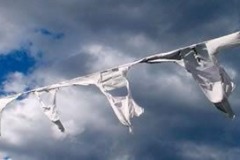
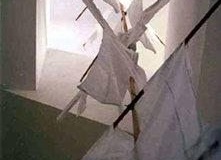
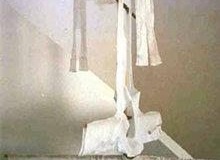
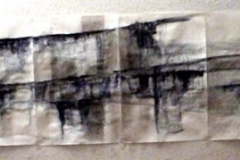
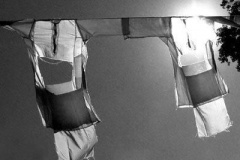
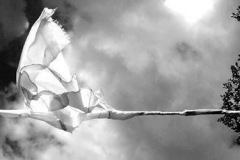
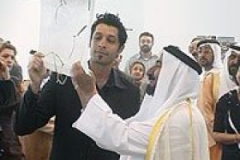
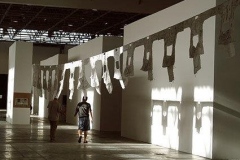
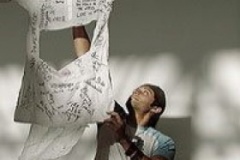
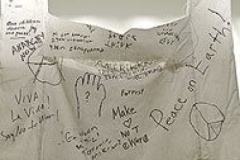
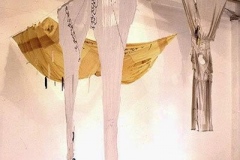
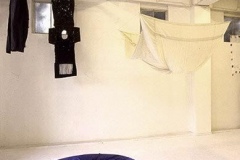
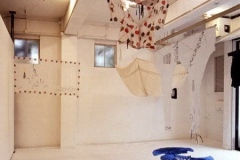
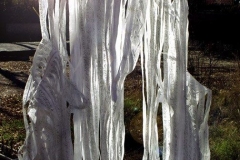
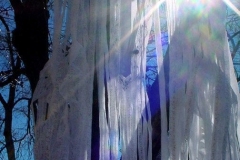
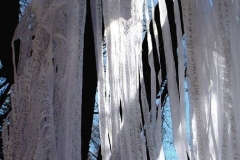
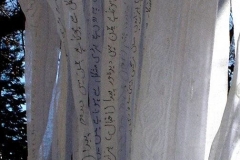
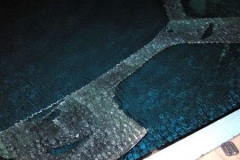
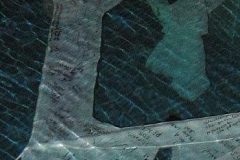
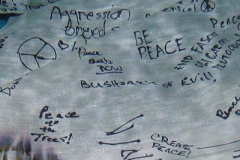
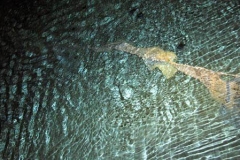
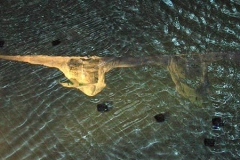
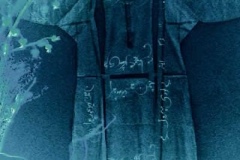
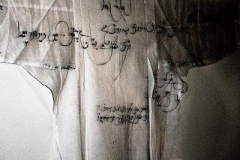
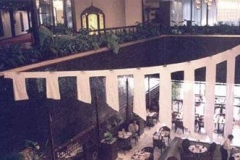
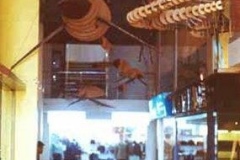
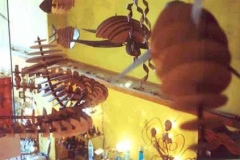
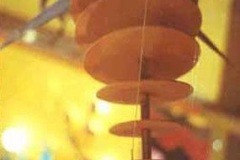
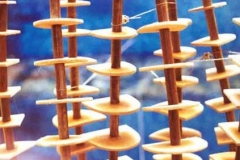
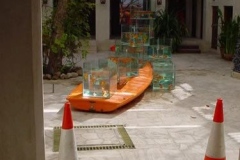
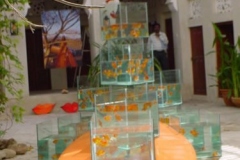

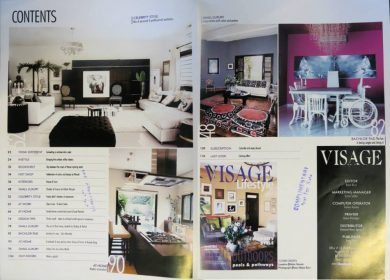
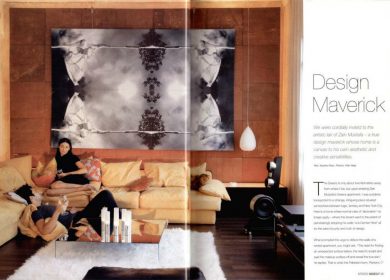
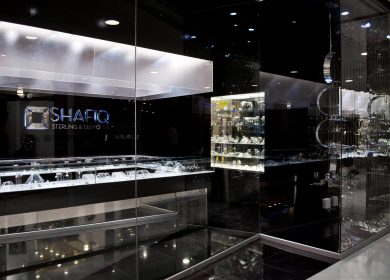
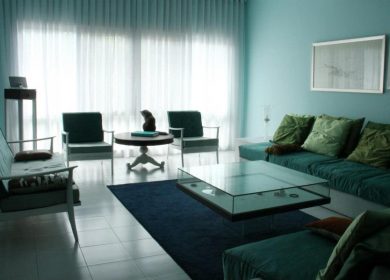
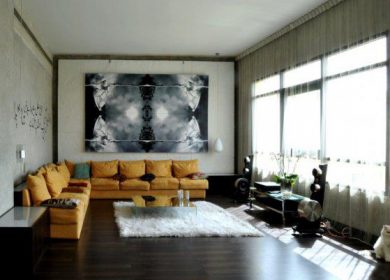
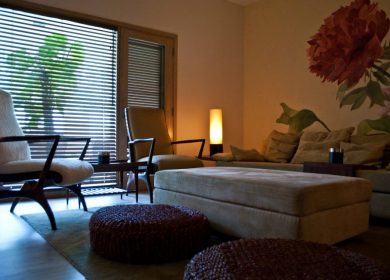
/550829_275169252602858_882048296_n-390x280.jpg)
/282055_275169275936189_558996991_n-390x280.jpg)
/384433_275169289269521_217502056_n-390x280.jpg)
/303708_275169132602870_642161760_n-390x280.jpg)
/196435_275169042602879_917535906_n-390x280.jpg)
/482929_275172335935883_531391945_n-390x280.jpg)
/67123_275169095936207_1455026827_n-390x280.jpg)
/60724_275173102602473_1908186178_n-390x280.jpg)
/183245_275173052602478_1877271221_n-390x280.jpg)
/198635_275173119269138_441834081_n-390x280.jpg)
/561153_275169112602872_1033323034_n-390x280.jpg)